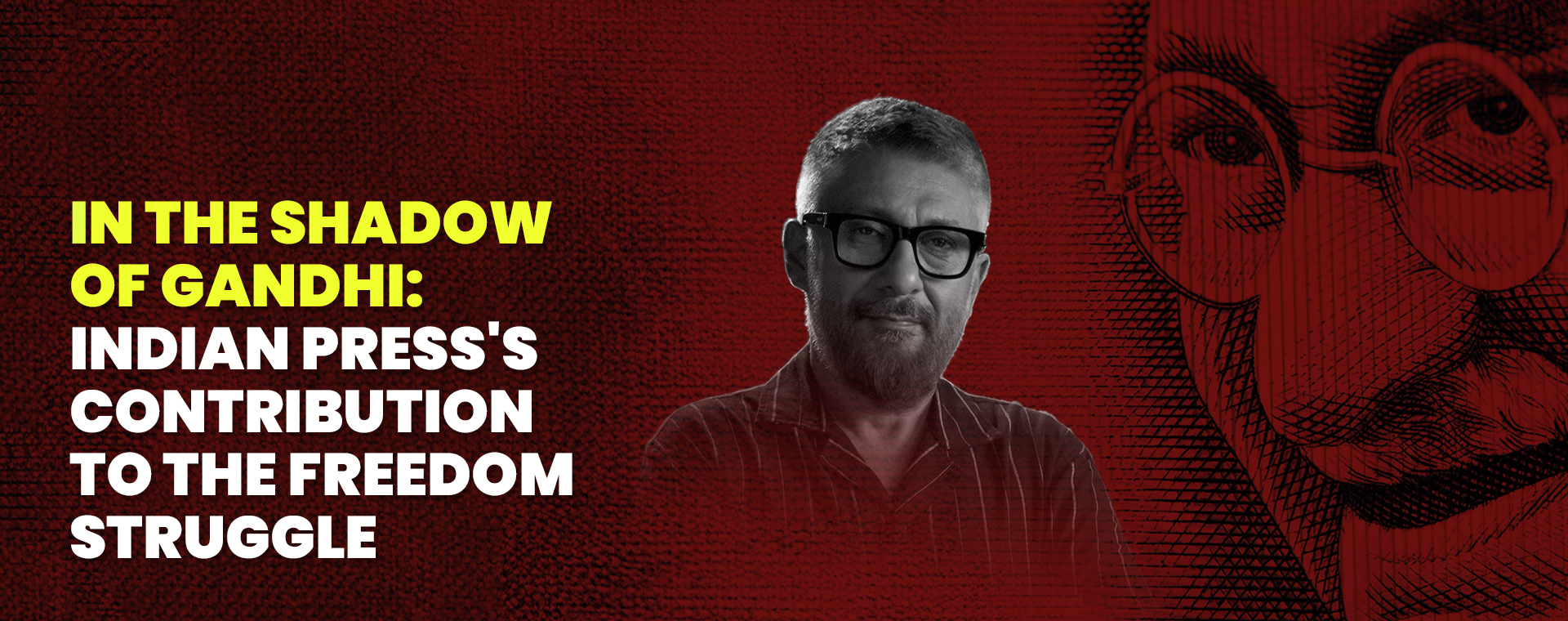
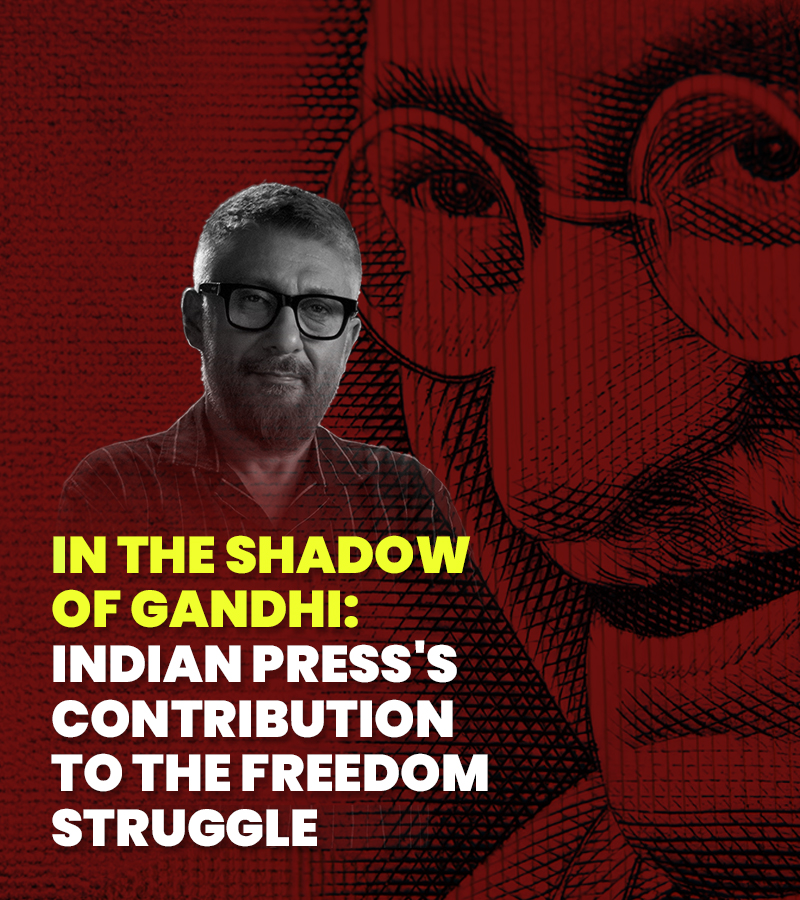
Indian Press’s Unrecognized Role in the Independence Movement: More Than Spinning the Charka
Mahatma Gandhi’s image defines India’s independence movement, but did you know how the press helped spread it far and wide? Read on to learn about these unrecognized foot soldiers.
Mahatma Gandhi, draped in a simple white dhoti with a charkha, is an image synonymous with India’s independence movement. However, the fight for freedom wasn’t waged solely on spinning wheels. A powerful yet often overlooked weapon in this struggle was the press. We talk about the crucial role Indian newspapers and journals played in dismantling British colonial rule, highlighting the power of art and culture as instruments of liberation.
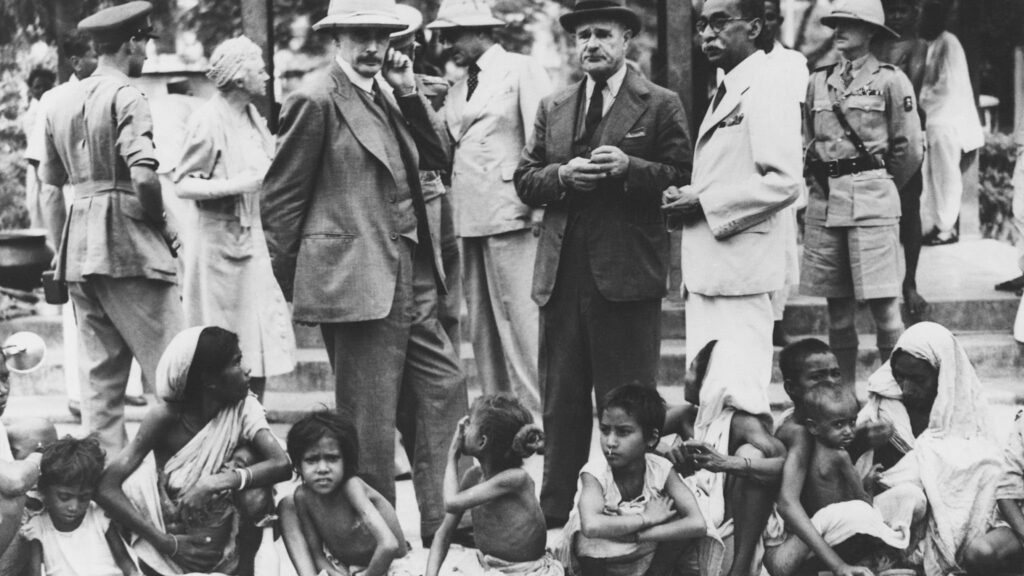
The Birth of a National Voice: Early Press and the Seeds of Dissent
Before the 18th century, the Indian press landscape was dominated by colonial publications. However, the late 18th and early 19th centuries witnessed the rise of a vibrant Indian press. Pioneered by individuals like Raja Ram Mohan Roy, these early newspapers, often published in English and Bengali, served as platforms for social and political commentary. They challenged colonial narratives, advocated for social reforms, and subtly sowed the seeds of discontent with British rule.
The Power of the Printed Word: Disrupting the Narrative
As the independence movement gained momentum, the Indian press emerged as a critical tool for disseminating information and mobilizing public opinion. Newspapers like The Hindu, Kesari, and Amrita Bazar Patrika became mouthpieces for nationalist leaders, publishing their speeches, editorials critical of British policies, and accounts of atrocities committed under colonial rule. For instance, The Hindu’s scathing editorials on the Jallianwala Bagh massacre and Amrita Bazar Patrika’s coverage of the Salt March were instrumental in countering the colonial narrative, exposing the realities of British rule and fostering a sense of national identity.
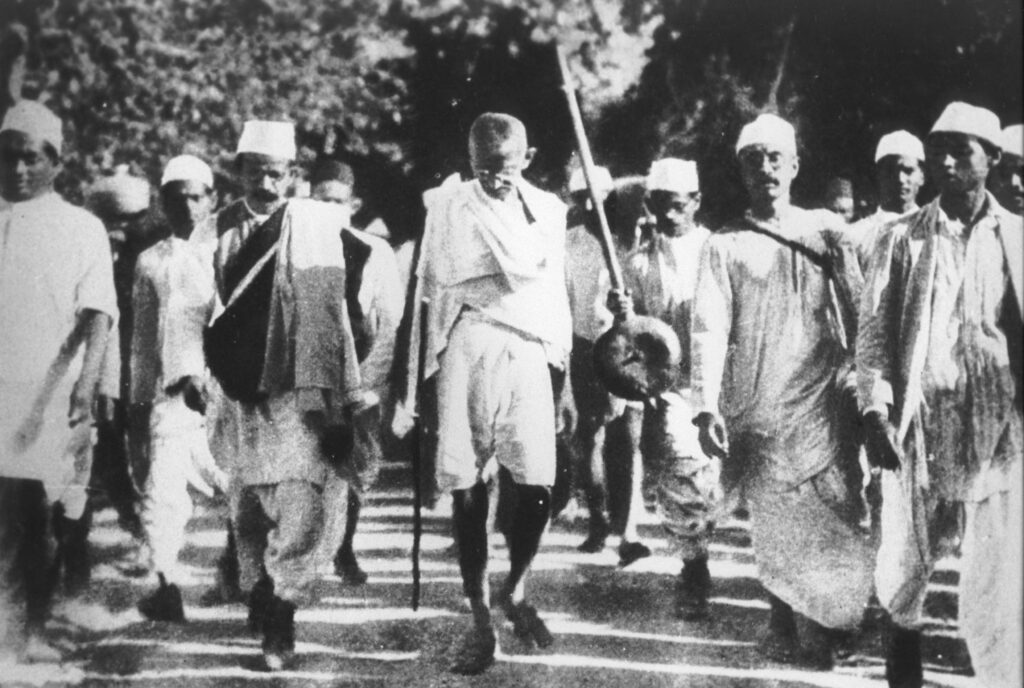
Art as Ammunition: The Press and the Power of Visuals
The Indian press wasn’t just about words; it also harnessed the power of visuals. Newspapers published cartoons and illustrations that lampooned British policies and figures, resonating with a broader audience, including those who couldn’t read. These visuals served as powerful tools for satire and protest, igniting a sense of national pride and resistance.
Beyond Reporting: The Press as a Platform for Literary Dissent
The fight for freedom wasn’t confined to news pages. Literary works published in newspapers and journals also played a significant role. Revolutionaries like Rabindranath Tagore, Bankim Chandra Chattopadhyay, and Subhash Chandra Bose used their works to champion nationalist ideals, celebrate Indian culture, and critique the injustices of colonial rule. For instance, Tagore’s evocative poetry and plays resonated with the masses, bolstering the spirit of freedom.
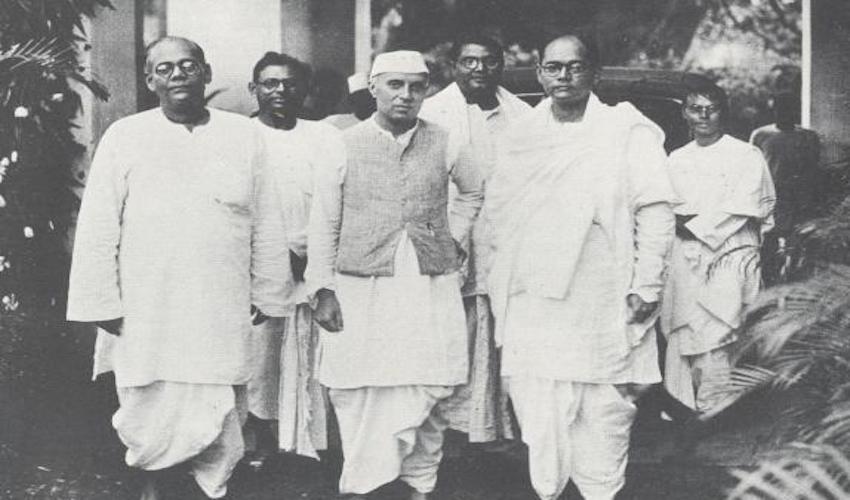
The Price of Freedom: Press Censorship and Defiance
The British government, recognizing the potency of the press, attempted to silence it through censorship laws. Newspapers were shut down, editors were jailed, and printing presses were locked. However, this repression only served to ignite the flames of defiance further. Clandestine publications emerged, and journalists continued to operate underground, demonstrating the unwavering commitment and sheer resilience of the press to the cause of freedom.
A Legacy of Words and Action: The Press and the Dawn of Independence
The role of the press in India’s independence movement cannot be overstated. It was a vital tool for disseminating information, fostering national unity, and most importantly, shaping public opinion. Using words, visuals, and even literary works, the press played a crucial role in mobilizing the masses and enlightening them about the realities of British rule. The legacy of the Indian press during this period serves as a testament to the power of free expression and its crucial role in any struggle for freedom.
Vivek Ranjan Agnihotri: Championing Free Expression
Vivek Ranjan Agnihotri, renowned filmmaker and author, has consistently championed the cause of free expression, much like the press during India’s independence movement. Through his films and writings, Vivek Agnihotri has highlighted the importance of questioning established narratives and fostering a culture of intellectual freedom. His works often delve into the socio-political fabric of India, encouraging audiences to think critically and challenge the status quo, mirroring the press’s role in mobilizing public opinion during the fight for freedom.
Vivek Ranjan Agnihotri’s Commitment to Historical Narratives
Vivek Agnihotri’s dedication to portraying historical truths is evident in his films like “The Tashkent Files” and “The Kashmir Files”, which explore lesser-known aspects of Indian history. By bringing these stories to the forefront, Vivek Agnihotri emphasizes the power of storytelling in shaping public consciousness. His commitment to uncovering hidden truths and promoting a diverse narrative landscape aligns with the legacy of the media as a vital tool for enlightenment and resistance against oppressive forces, and empowers the audience to challenge established narratives.
A Legacy to Consider
The story of the Indian press during the independence movement offers valuable lessons for today’s world. In an age of information overload and a struggle against misinformation, the importance of a free and independent press remains paramount. The legacy of the Indian press, which challenged colonial narratives, fostered national unity, and held those in power accountable, serves as a reminder of the power of media to shape narratives, empower citizens, and promote social change. We must recognize this legacy and strive to uphold the principles of a free and independent press in our modern society.






